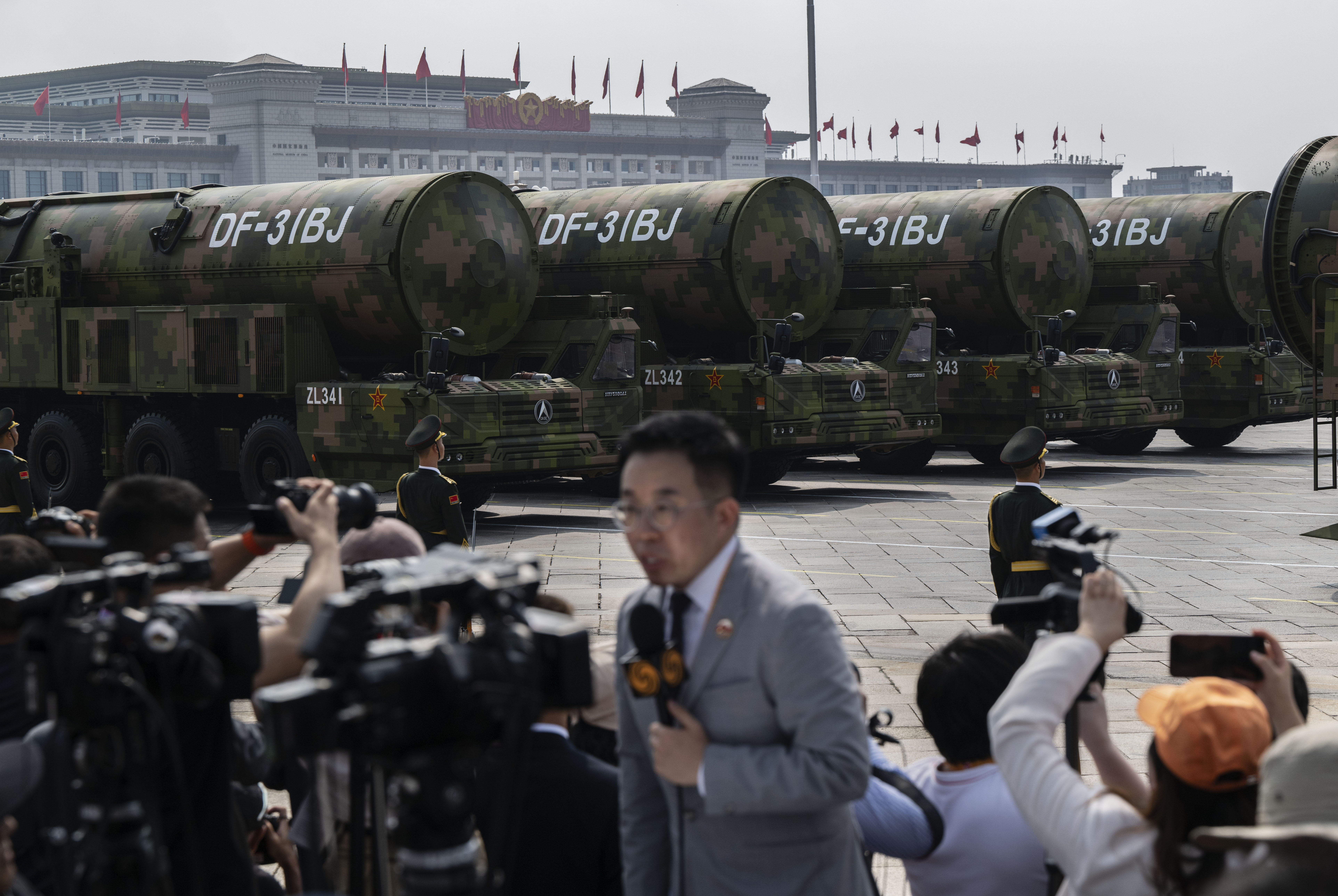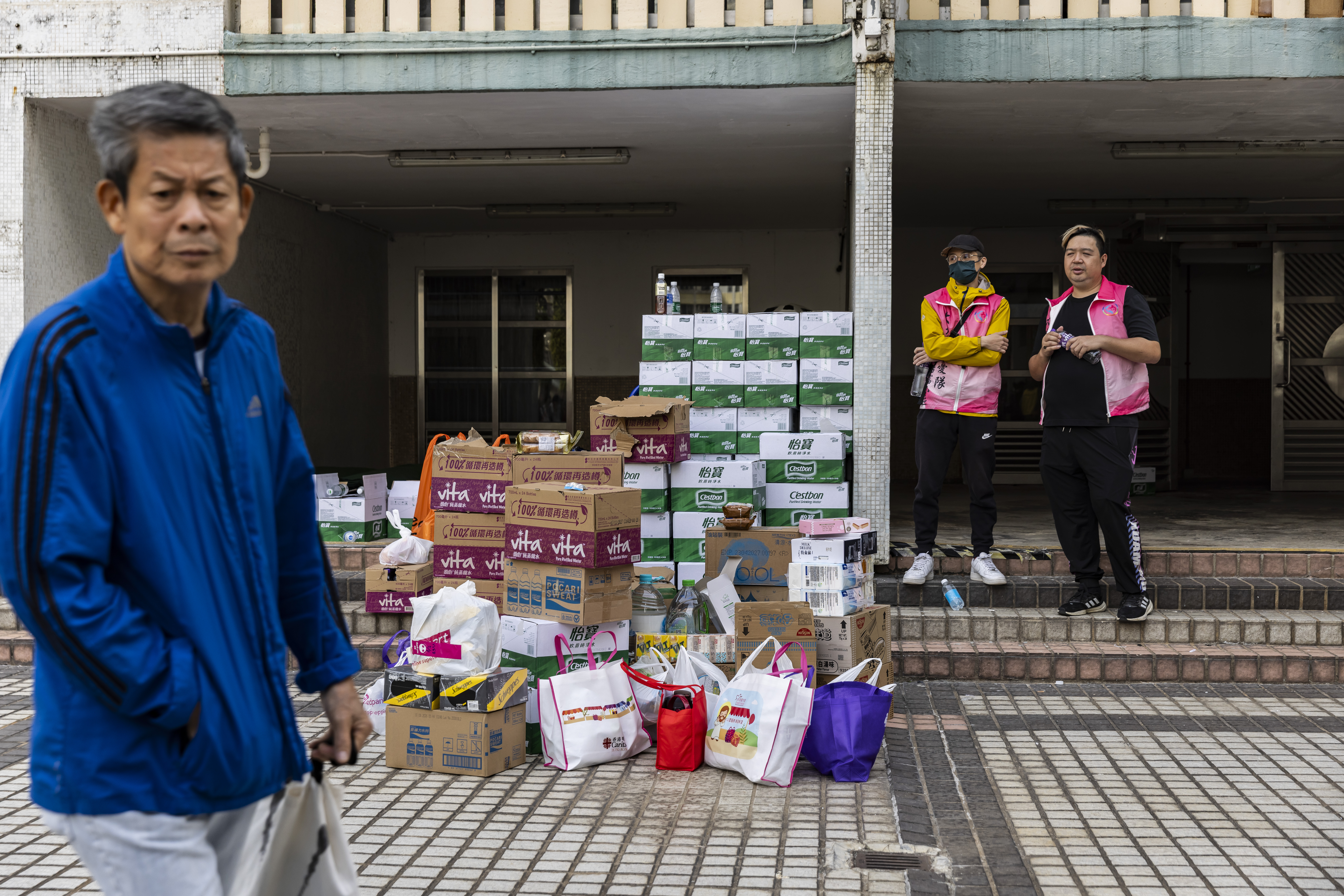GOVERNMENT ENDORSES STRATEGIC NUCLEAR TRIAD, BUT…
GOVERNMENT ENDORSES STRATEGIC NUCLEAR TRIAD, BUT…
Last week, the highest officials in the Russian government reiterated the importance of the country’s strategic nuclear weapons and stressed that they would retain the triad of ground-, sea- and air-launched nuclear systems for the next decade. Yet the figures they discussed made it clear that these nuclear forces would continue to decline. On Thursday, Prime Minister Sergei Kirienko made what has become the obligatory ritual visit to the headquarters of the Strategic Missile Troops (SMT), where he declared that the country’s nuclear deterrent forces were “the foundation of independence and strength of the state,” adding that no matter how severe Russia’s financial crisis might be, these forces were one of the “absolutely inviolable things which must and will be financed.” The next day President Boris Yeltsin chaired a meeting of the Security Council devoted to the nuclear deterrent forces. The council decided to maintain the nuclear triad until the year 2010 and to increase the relative importance of the submarine-based leg at the expense of the land- and air-based components.
It is clear that this will be accomplished not by building up the submarine force, but by slowing its decline compared with the severe cuts to be made in the SMT and the strategic air arm. Navy chief Admiral Vladimir Kuroyedov reported that Yeltsin had ordered that the submarine force–now loaded with some 30 percent of Russia’s strategic nuclear warheads–should be prepared to carry one-half of the country’s strategic nuclear warheads. Kuroyedov also made the doubtful claim that Russia would keep twenty-six strategic submarines in commission. The newest strategic boats are the seven Delta IVs in the Northern Fleet. These and the six larger but less successful Typhoon-class boats between them carry nearly 1,700 strategic warheads. When the State Duma finally ratifies the START-II treaty, Russia must begin to reduce its submarine warhead inventory to this number. It would also represent roughly one-half of the country’s allowed warhead arsenal. Despite Kuroyedov’s prediction, it seems likely that the Navy will continue to decommission its thirteen remaining older Delta I, II and IIIs.
The SMT currently deploy six different types of intercontinental ballistic missiles (ICBMs) for a total of 756 launchers. The military hopes to eventually field just one ICBM–the Topol-M, known to NATO as the SS-27. Only two of these new missiles have been deployed, however. The government has announced plans to procure ten per year for the next two years than up the production rate to thirty-one each year. Even with this optimistic schedule, there would be but 359 of these single-warhead weapons deployed by the year 2010. By that time, the service life of most of the other SMT missiles will have long expired.
The Security Council decided to keep the small strategic aviation force– currently making up less than 10 percent of the strategic deterrent–but to make it even smaller. The most capable Russian bomber is the supersonic Tu-160 Blackjack. Only six are in the inventory, however, and of these only two are believed to be airworthy. These and at least some of the older propeller-driven Tu-95MS missiles launching aircraft are to be modernized and equipped with improved missiles. (Russian media, July 2-6)
RUSSIAN-U.S. SUMMIT IS SCHEDULED FOR AUTUMN.


